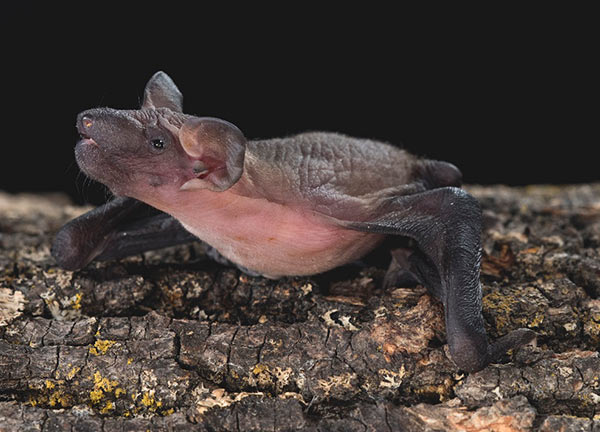Slow Reproduction

Although not a threat in itself, bats’ slow reproduction exacerbates the other threats they face and complicates recovery. Most bats only have one offspring a year. Some have twins, while triplets or larger litters are rare. Females have long lives, and in difficult years they may not reproduce at all. Females have such small litters because, as mammals, they carry their young internally, but must still be light enough to fly!

